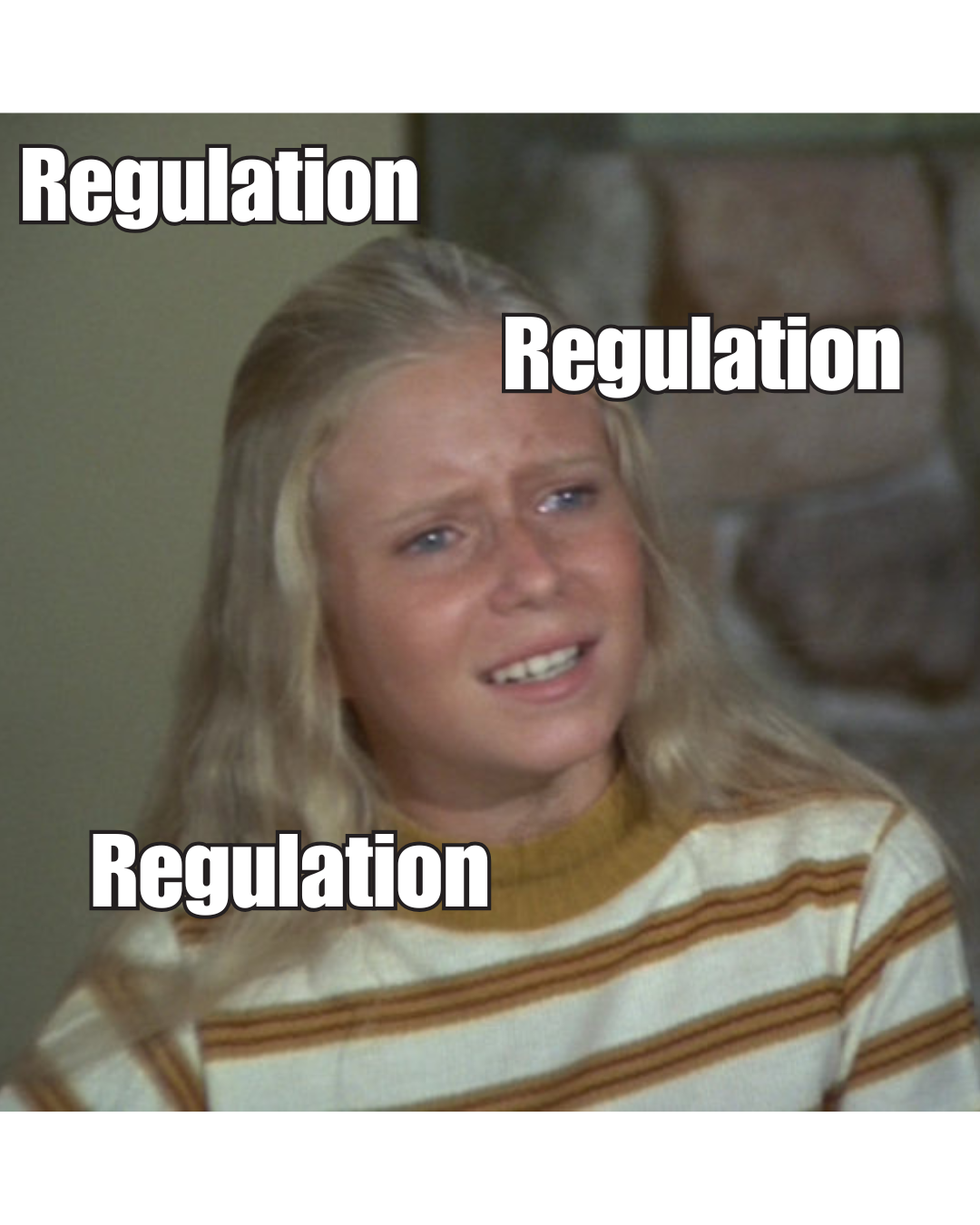What the heck is regulation?
Everyone is talking about regulation these days! And honestly, the way people use the term has been bugging me lately.
I think it's from how mental health terminology has crept into colloquial language, and then gets over-generalized/over-used.
Don’t get me wrong, it’s GREAT that so many people know about mental health and have enough access to mental health that some terms are being used so casually these days! But it does bring about some issues. (Like with how trauma is overused as well…)
So, let’s go into what “regulation” really means in trauma spaces.
Defining regulation:
In a nutshell, "regulation" in physiological terms is essentially any process by which our body maintains it's homeostasis. So it includes how our body regulates our blood pressure, blood sugar, temperature, etc...
In mental health circles, people are mainly interested in the emotional regulation, which involves how our limbic system (in our brain) relates to our autonomic system (in our body) re: sympathetic/parasympathetic activation and balance. This is essentially what people are talking about when they bring up the "mind-body" connection in trauma literature and mental health circles.
So, when it's regulated, it means the sympathetic/parasympathetic systems can activate and counter-balance each other as needed in order for us to respond to our environment. (As Autism Level Up! puts it: "Well-regulated means your energy matches the energy needed to actively engage in an activity and environment...well-regulated does not mean calm."
Defining Dysregulation:
Dysregulation, then, means that one branch of the autonomic system is over-active and dominant compared to the other. In most research literature, the focus is on sympathetic over-activation (e.g., fight-flight-freeze) because we know it is highly correlated with adverse health impacts over a period of time. (As per ACEs research in the trauma literature and also research on the impacts of chronic stress, etc.) This is the reason so much emphasis is on regaining calm. So, when dealing with an over-active sympathetic system, people can use a variety of strategies to actively engage the parasympathetic system to encourage rest/recovery (e.g., taking deep breaths, using mindfulness strategies) with the goal being to bring the autonomic system into a healthy balance.
NOTE: It's also important to remember that dysregulation can also be caused from physical injuries (e.g., TBI/stroke, etc.)
Emotions vs. regulation:
Now, when our autonomic system and limbic system are regulated, emotions and ebb and flow appropriately. (In mental health circles, they often talk about this as The Window of Tolerance.) That is, emotions should be temporary states of being. Regulation, on the other hand, is more about how your body handles things in the long-term.
For some analogies: You can think of emotions as the weather and regulation as climate; or emotions as ocean waves with regulation as the current, etc. With regulation strategies as being the tools you use to deal with changes in the weather/waves, etc.
If you want to learn more in a more fun (??—hopefully) way, I do have a video on this on my YouTube channel:

